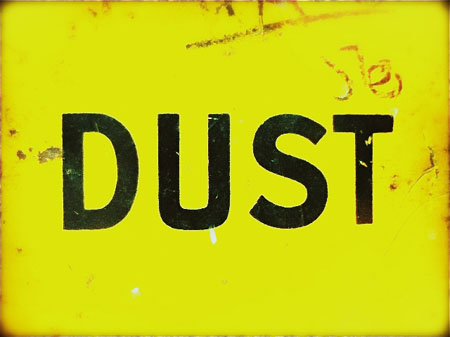The scent of dust.
The perfume of the journey.
The spice of the road.
I am sorting through a collection of delicate, sacred books.
They come from many places, but like a bundled sanctum, they are all together — near by each other, in the darkness of a room that rarely sees light of any kind. That dark, keeps care, well kept, held in the quiet cover of a room that sees rest, some prayer, some sanctity.
These books are very tiny — some, bound with the skin of leather; and another, worn and oiled paper — there is, deep in these books, the scents of hundreds of fingers, temple grounds and holding places, sanctuary and reliquary, old and tarred woods — cedars, junipers, pines, teaks; there can be the fragrance of the fur of yak and the scenting fragrance of incense, burning gums and pitches, ambers and frankincense. Rusted iron and mineralized salt, old waters and the skins of camels, horses — beasts that bear this and other sanctified freight — and range the plains, the crags, the snow-crossed fields.
They come from decades of gathering — out, the markets, the plainsmen, shepherds, the wandering deal makers, the traders, the caravanners — and the village and urban brokers. I’ve been out there, talking to them. And, I come away with a story — and perhaps, if there’s something to be had, a book.
But I admire the scent of dust and the mind-full, meditative travel, like the spice of the road well journeyed, the wandering journal-makers, astrologers, prayer makers — the booked talismans, the worded amulets — and what they make, carry in embracement and — to those that wander, perhaps a sharing.
What is dust, the history of that ancient and constant powdering? Everything goes there.
Reaching to Douglas Harper, it’s come from here, from this —
in walking back, the distant trail of worded time: there is dust.
Most recently, the spoken bridge comes forward — the Old English dust, which comes from Proto Germanic roots — *dunstaz (a variant — Old High German — tunst “storm, breath,” German — Dunst “mist, vapor.”
From the Danish — an alternate: dyst “milldust,” and the Dutch duist). But these all go back, right to the heart of the Silk Road, the Spice Track — 1000s of years back, a root from the seed sounds of the Proto Indo European, this sound: *dheu– (1) “dust, smoke, vapor.” (cf. But there might be another link, to the Sanskrit: dhu– “shake,” and the Latin fumus “smoke”). But the interpretations of this word, this ancient space speaks to transition — just like the nature of scent. It is the one — then another: it is here, then it is gone.
That meaning “that to which living matter decays” was in Old English, hence, figuratively, “mortal life” and in that transition — the scenting of change; things are one, they change, they die. And they become something else — like the wooded fire to charcoaled carbon. To dust — the verb — is from around the 13th century — “to rise as dust.” And later it came to mean both “to sprinkle with dust” (1590s) and “to rid of dust” (1560s).
And to dust, transitioning — and death, it continues: the sense of “to kill” is U.S. slang first recorded 1938 (and from Mr. Harper’s gatherings — see more to this phrasing, bite the dust, under bite).
But, dust, like anything, has the scent of the place in which it has lived. Touching the dusted concretions, vaporized history — in the books — the molecular stories in stories that lie in the heart of these traveled and worn books.
These are the gatherers of dust and humanity, and the way in which they are carried and walk — but, traveling far in the spanning of lives and the momentum of time.
Books, like the leaves of aged trees,
they carry the sediment of their own experience.
If you’d like to see the books, let me know, and I’ll see to passing the imagery along to you.
TIM | THE OLD QUEEN ANNE HILL
––––
THE NOTATIONS OF SCENT + EXPERIENCE
Girvin Studies of
Perfume & Place Making
the reels:http://www.youtube.com/user/GIRVIN888
girvin blogs:
http://blog.girvin.com/
https://tim.girvin.com/index.php
girvin profiles and communities:
TED: http://www.ted.com/index.php/profiles/view/id/825
Behance: http://www.behance.net/GIRVIN-Branding
Flickr: http://www.flickr.com/photos/tgirvin/
Alltop network: http://my.alltop.com/TGirvin
Google: http://www.google.com/profiles/timgirvin
LinkedIn: http://www.linkedin.com/in/timgirvin
Facebook: http://www.facebook.com/tim.girvin
Facebook Page: http://www.facebook.com/girvindesign
